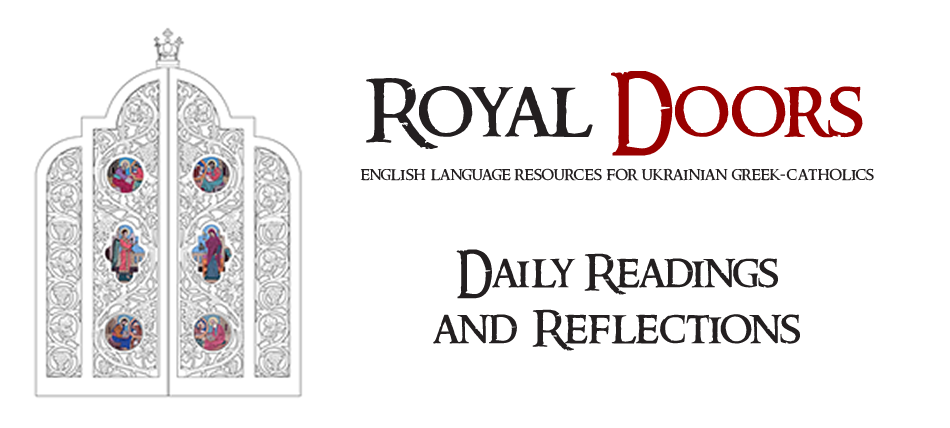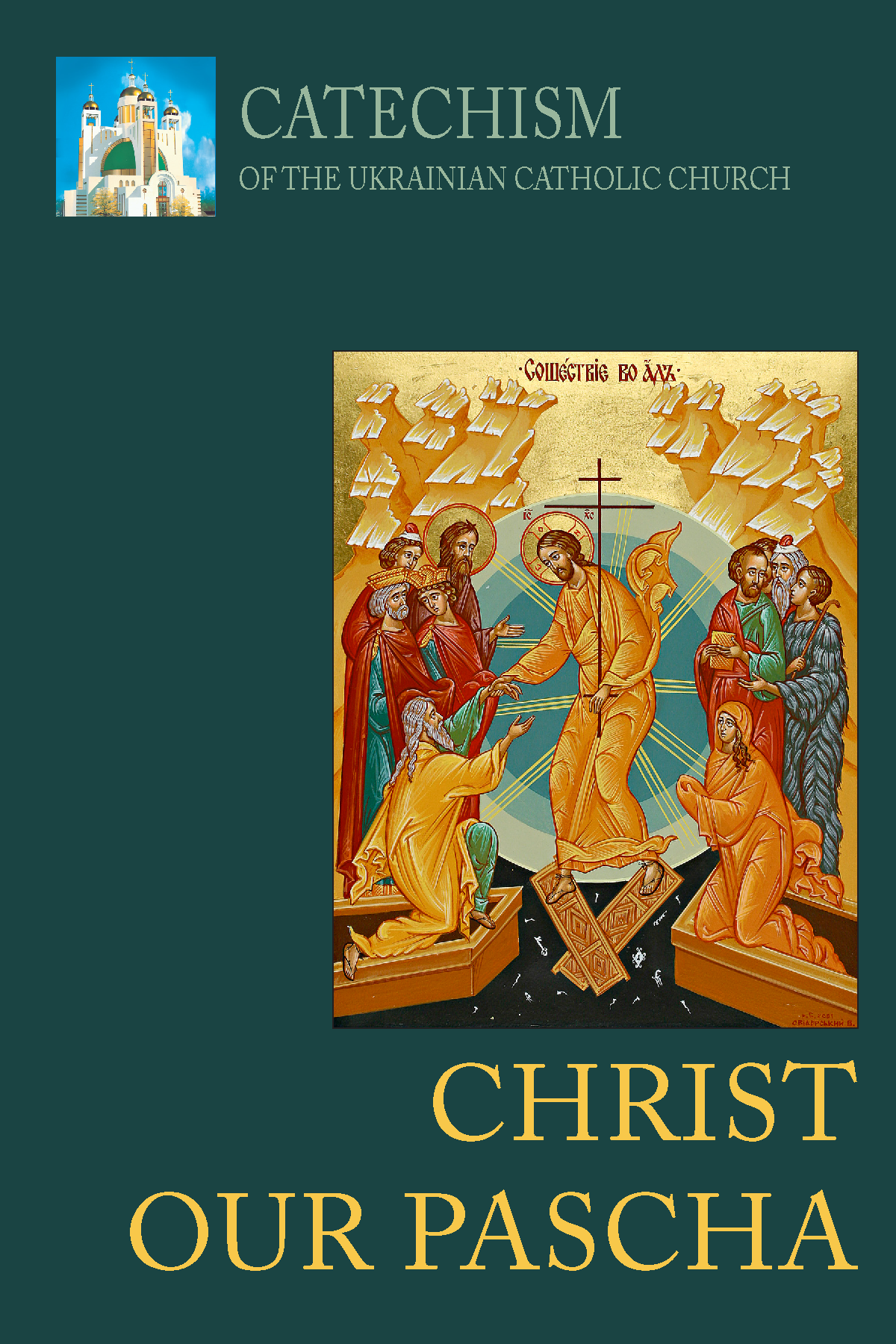by Brent Kostyniuk
Those who are old enough will remember the Baltimore Catechism. We spent religion class after religion class memorizing the commandments, the prayers, and those concise statements which defined our relationship with God. At the time, that Catechism, more than anything, seemed to encapsulate the Catholic faith. However, as importance as it was, the Catechism did not address the spiritual needs of Eastern Catholics.
While reliance might today seem to have been over emphasized, the need for a catechism, in whatever form it takes, is essential to any religion. In that light, publication of the Catechism of the Catholic Church in 1992 was a significant milestone. For Ukrainian Catholics, a further milestone was reached in 2002, when a Ukrainian translation of the Catechism was published. However, even this did not fully meet the needs of Ukrainian Catholics and all the other members of Eastern Catholic Churches. Those needs were expressed by St. John Paul II in the Apostolic Constitution the Deposit of Faith. “This Catechism is not meant as a substitute for the various local catechisms. … Rather it is meant to encourage the creation of new and local catechisms that are better equipped to take into account the unique nuances of particular cultures, while at the same time remaining diligently faithful to the unity of faith and Catholic teaching.”
A major step forward was publication in 2011 of a Ukrainian language catechism specifically for the Ukrainian Catholic Church—Christ Our Pascha. Once again, however, this was not the total solution. A large number of Ukrainian Catholics live in the diaspora—outside Ukraine—and many of these are not fluent in the Ukrainian language. Hence the necessity of an English language catechism. Now, with the publication of the English version of Christ Our Pascha, this need has been met.
While far from an old-fashioned concept, a catechism is very relevant in today’s world, as head of the Ukrainian Catholic Church, Major Archbishop Sviatoslav explains in the introduction to Christ Our Pascha. “A profound grasp of our Christian roots aids in the discovery of our own identity in the modern world, with its challenges or globalization and assimilation, and also helps us discern the universal value of our Eastern heritage.”
By its very title Christ Our Pascha—Greek transliteration of the Aramaic word meaning Passover—directs us to the Paschal foundations of our faith. “Christ is risen from the dead trampling death by death and to those in the tombs giving life” (Easter Hymn).
The catechism relies on two key sources—the Nicene Creed, and the Anaphora of the Divine Liturgy of St. Basil—for both its structure and its content. The Creed, or Symbol of Faith, is recited at every Divine Liturgy and is familiar to Catholics in both the East and West. As such, it not only reveals God to us, it is the source of Christian unity. The Anaphora of St. Basil describes the entire history of salvation. As we liturgically recall the events of the Passion and Resurrection we become witnesses to those events and share in the new life of Christ. “[Historical] truth and the solemnity [celebration of it] are not at variance,” expressed St. Augustine.
Christ Our Pascha is divided into three main parts—The Faith of the Church, The Prayers of the Church, and the Life of the Church. These three themes reflect the very essence of Christian Salvation. Recalling the Baltimore Catechism, we are all called to know, love, and serve God.
Father Greg Faryna, pastor of Protection of the Blessed Virgin Mary parish in Camrose Alberta, sees Christ Our Pascha as an invaluable resource. “It is a wonderful gift. Until now, we have had to rely of the Catechism of the Catholic Church to explain Church teachings. However, we have had to temper that information from our seminary training in order to present a correct Byzantine perspective.” Even that was not without pitfalls as Fr. Greg remarks. “That is, if we remembered our seminary training correctly!”
One of the beauties of Christ Our Pascha is that it is intended not only for clergy, but for the laity as well. “It is a wonderful resource for the laity, provided they take the time to go through it. It can provide them with answers to questions about their Faith, without having to turn to internet catechisms. There is a difference between the two. They can be assured the answer they find in Christ Our Pascha accurately reflects the teaching of the Ukrainian Catholic Church. It presents the teachings of the Church Fathers and how those teachings fit in with Eastern spirituality.”
Looking ahead hopefully, Fr. Greg would like to see a Christ Our Pascha app that would appeal to the new generation of Ukrainian Catholics who rely on digital communications rather than the printed word.
Another innovation might be a guide which would cross reference content of the Catechism of the Catholic Church with Christ Our Pascha. Being able to easily see how elements of Eastern and Western spirituality and theology are alike, and yet different, would help us all appreciate how the Church truly does breathe through Both Lungs.
This piece first appeared in The Prairie Messenger. Reprinted with permission.

